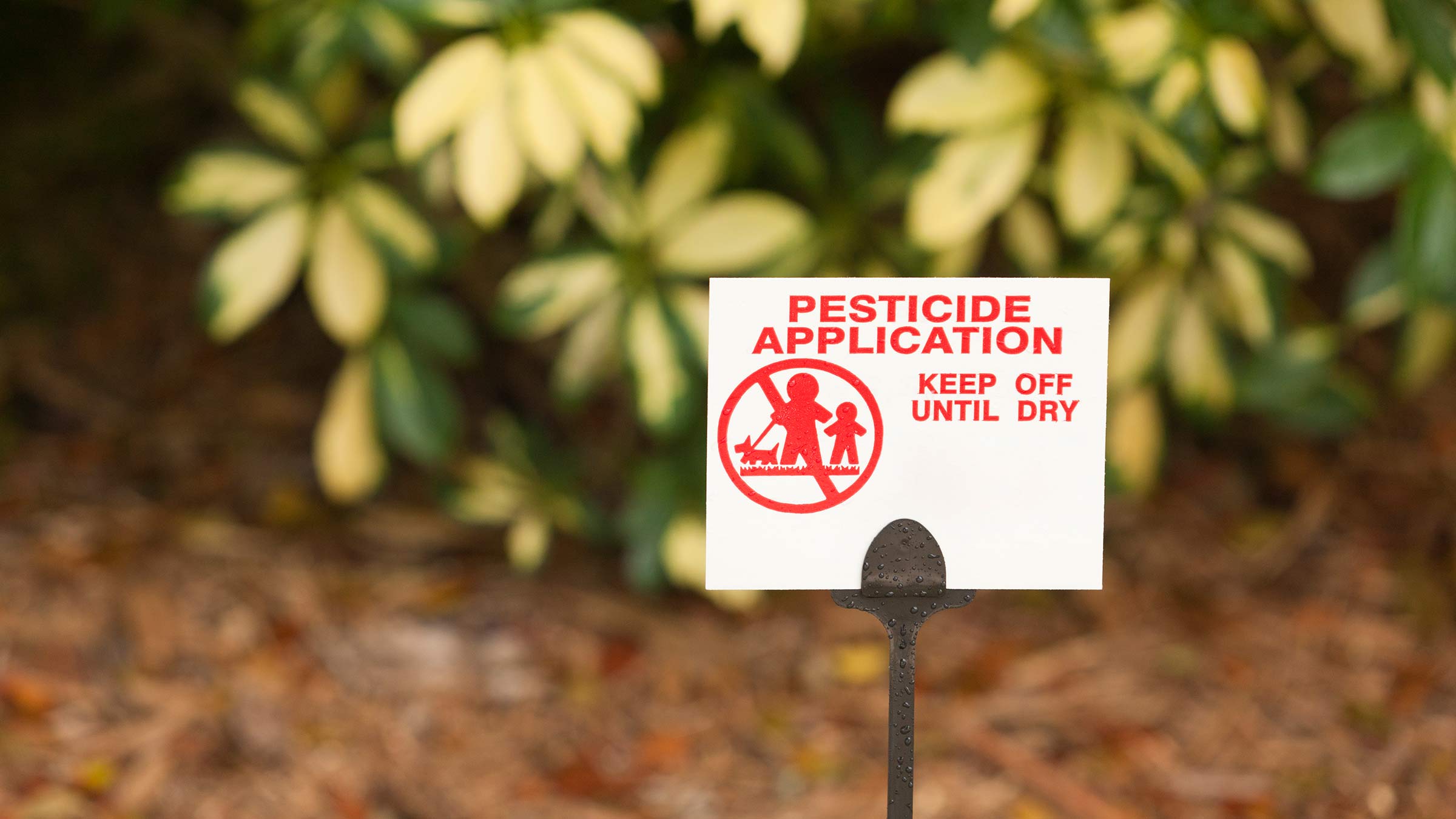
Your endocrine system is made up of individual cells, organs and glands that control a number of crucial functions, from fertility, growth and metabolism to blood sugar, blood pressure and sleep cycles.
It does this through the release of hormones, which bind to specific receptors in our cells, activating and deactivating these functions as needed — much like keys turning switches on and off.
But there are concerns that a number of natural and man-made chemicals can disrupt this process, causing hormones to become imbalanced and leading to a number of health issues.
Concerns about endocrine-disrupting chemicals are twofold, based on the types of chemicals involved:
- They might mimic hormones, activating certain functions when unnecessary.
- They might block receptors, preventing activation of needed functions.
What specific health concerns do endocrine-disrupting chemicals cause?
Many people are concerned that endocrine-disrupting chemicals (EDCs) may play a role in the development of common conditions such as high blood pressure and weight gain. More recently, attention has been focused on the possibility that EDCs may affect fertility.
The problem is that we don't really have a lot of data to support these concerns. More research is needed, but it’s difficult to gather because exposing people to these chemicals could potentially put them in danger, and the behavior of these chemicals in a lab doesn’t always translate to the real world.
However, the Endocrine Society has stated that there’s strong evidence that EDCs lead to negative reproductive outcomes, and there is increasing evidence that they may have effects on neuroendocrine neurologic control of hormone release, sexual development, obesity, metabolism, thyroid functions and insulin resistance. The society also asserts that effects may be passed to future generations.
What chemicals are endocrine disruptors?
Bisphenol A (BPA) is found in a lot of plastics, like water bottles, food containers and the linings of some food cans.
To avoid BPA:
- Look at product labels. If the label says it's BPA-free, you can be confident it doesn’t contain BPA.
- Look at recycle codes. Plastics marked with the recycling symbols “3” and “7” might contain BPA, and plastics marked with codes “1,” “2” and “4” are BPA-free.
- Avoid putting potentially BPA-containing plastic containers in the microwave or dishwasher, because they may break down and let chemicals get into foods.
- Use a reusable stainless steel or glass water bottle instead of a plastic one.
- When able, use glass or stainless steel containers for food.
Phthalates are used in many food and beverage containers and plastic wraps. They also are used to add fragrances to products.
To avoid phthalates:
- Look for labels marked phthalate-free.
- Avoid containers with “3,” “V” or “PVC” in the recycling symbol.
- Use fragrance-free household products and cosmetics.
- If you use perfumes, make sure they don’t contain phthalates.
Some other items of concern, according to the Endocrine Society:
- Pesticides
- Herbicides
- Flame retardants
- Per- and polyfluoroalkyl substances (PFAS), used in oil- and water-repellants and coatings for products like carpets and cookware
What else can we do to protect ourselves from endocrine disruptors?
Be aware of what these chemicals are and where they’re coming from, especially if you’re thinking about pregnancy and certainly if you find out you’re pregnant. Take a look at what types of chemical exposures you have in your everyday life, and really use a commonsense approach to try to avoid something that could potentially be an EDC.
Some specific tips:
- Avoid nonstick cookware.
- Limit use of pesticides and herbicides.
- Wash your produce well.
- Encourage regulations that limit industrial chemical byproducts released into the ground or water.
Can endocrine disruption be reversed?
Because we don’t generally think of these chemicals as permanently attaching to the receptors, the belief is that, if you can avoid or remove the chemical, your body will return to proper hormone signaling. So, if you're constantly exposed to a chemical, it could, for example, affect your body’s ability to make sperm or eggs. But, in theory, that might change if you reduce your exposure.
However, if an EDC is bound to a receptor during a critical time of development, it could cause significant problems, such as birth defects during fetal development. Further, when it comes to a condition like diabetes, an EDC might cause it to develop sooner by preventing insulin from acting properly and forcing the body to make more.
There’s also concern that some of these chemicals accumulate and are stored in body fat. So, if you're exposed early in life, they may slowly be released into your body. However, more research is needed in this area.






